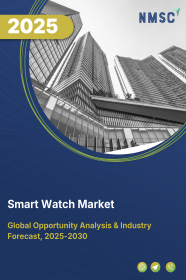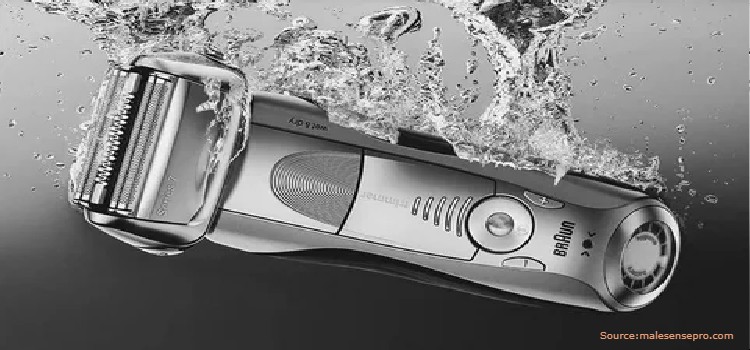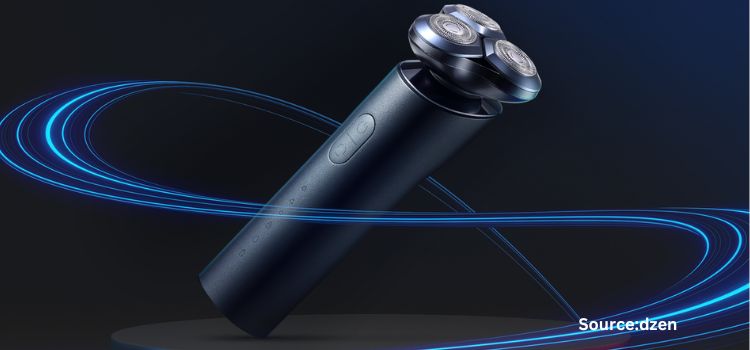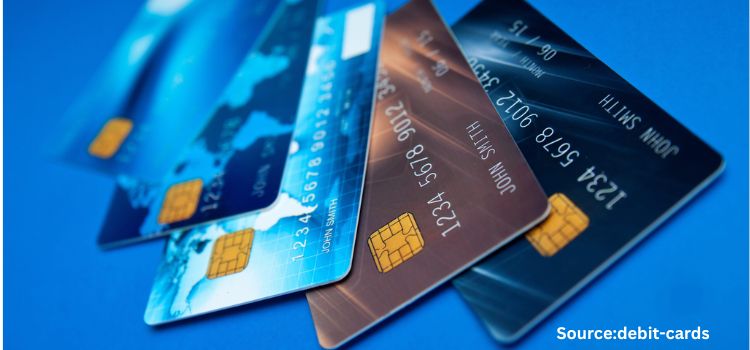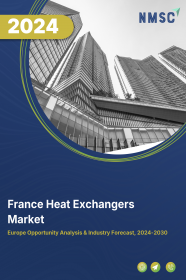
France Heat Exchangers Market by Type (Shell & Tube, Plate & Frame, Air Cooled, and Others), by Material (Metals, Alloys, and Brazing-CLAD), and by End User (Chemical, Energy & Power, Heating, Ventilation, Air Conditioning, and Refrigeration (HVACR), Food & Beverage, Pulp & Paper, and Others)– Opportunity Analysis and Industry Forecast, 2024–2030
Industry: Retail and Consumer | Publish Date: 03-Dec-2024 | No of Pages: 118 | No. of Tables: 86 | No. of Figures: 51 | Format: PDF | Report Code : RC1537
US Tariff Impact on France Heat Exchangers Market
Trump Tariffs Are Reshaping Global Business
Market Overview
The France Heat Exchangers Market size was valued at USD 527.3 million in 2023, and is predicted to reach USD 841.1 million by 2030, with a CAGR of 6.3% from 2024 to 2030.
Heat exchangers represent devices crafted to transfer heat from one fluid to another without direct fluid contact, widely utilized across industrial, commercial, and residential sectors, including HVAC systems and refrigeration units, to efficiently heat or cool fluids or air. Operating by allowing heat to traverse a barrier, such as a solid wall or a series of plates or tubes, they can perform tasks such as heating water in a boiler or cooling air in an air conditioning system.
These devices come in various designs tailored to specific needs, ranging from simple radiator coils to complex systems found in chemical processing plants and power generation facilities. They play a pivotal role in multiple industries and applications, regulating air temperature in buildings, facilitating steam production in power plants, controlling temperatures during chemical reactions, and aiding in food processing, among other functions. Additionally, they serve as essential components in automotive cooling systems and have widespread applications in aerospace, marine, and wastewater treatment industries, contributing significantly to efficient thermal management and energy transfer.
Growing Industrialization and Urbanization in France Drive Market Growth
The growth of industrialization and urbanization in France is a driving force behind market expansion. As urban areas continue to develop and industrial activities expand, there is an increasing demand for various infrastructure, including heating, ventilation, and air conditioning (HVAC) systems. Heat exchangers play a crucial role in these systems, facilitating efficient heat transfer and temperature control.
Moreover, the need for energy-efficient solutions is heightened due to environmental concerns and regulatory requirements. Heat exchangers offer an effective way to manage energy consumption and reduce environmental impact, making them essential components in sustainable building practices. Additionally, advancements in technology and manufacturing processes continue to enhance the performance and versatility of heat exchangers, further driving their adoption in the French market.
Stringent Government Regulations Regarding Energy Efficiency Boost Market Expansion
Stringent government regulations concerning energy efficiency serve as a catalyst for market expansion. These regulations are designed to address environmental concerns and promote sustainable practices by encouraging the adoption of energy-efficient technologies. In response to these regulations, industries are compelled to invest in energy-efficient solutions such as heat exchangers to comply with standards and reduce their carbon footprint.
Additionally, government incentives and initiatives further stimulate market growth by providing support for the implementation of energy-efficient technologies. As a result, the demand for heat exchangers increases as industries seek to improve efficiency, reduce energy consumption, and meet regulatory requirements, thereby driving market expansion.
Competition from Alternative Technologies Restrains France’s Heat Exchangers Market
Competition from alternative technologies presents a challenge to France's heat exchangers market. While heat exchangers offer efficient heat transfer solutions, alternative technologies such as heat pumps, thermal storage systems, and direct cooling methods are gaining traction.
These alternatives often boast advantages such as lower energy consumption, smaller footprint, and simplified installation. Additionally, advancements in materials science and manufacturing techniques enable the development of innovative heat transfer solutions that may outperform traditional heat exchangers in certain applications. To remain competitive, heat exchangers manufacturers in France must focus on innovation, cost reduction, and customization to meet evolving customer needs and differentiate their products in the market.
Advancements in Cutting-Edge Materials and the Rising Trend of Industry 4.0 Create a Market Opportunity
The integration of advanced materials such as graphene and advanced ceramics signifies a significant leap in heat exchangers technology. These materials exhibit exceptional properties, including high thermal conductivity and corrosion resistance, offering substantial potential for enhancing efficiency, durability, and overall performance across diverse industries such as HVACR, automotive, aerospace, and renewable energy.
By harnessing these unique attributes, heat exchangers can enable more effective heat transfer and better withstand challenging operational conditions, thereby enhancing reliability and prolonging lifespan. Moreover, the adoption of advanced materials can decrease energy consumption and extend service life by approximately 5 to 10 years, resulting in significant benefits in terms of operational efficiency and sustainability across various sectors.
Additionally, the emergence of Industry 4.0, characterized by the integration of automation, data exchange, and digital technologies in manufacturing processes, offers further opportunities for advancing heat exchangers technology. Through enhanced monitoring, control, and optimization facilitated by Industry 4.0 technologies, heat exchangers can attain heightened efficiency and productivity.
Consequently, the synergy between advanced materials and Industry 4.0 advancements is poised to propel innovation and growth in the heat exchangers market, promising enhanced performance and sustainability across a wide array of industrial applications.
Competitive Landscape
Several market players operating in France’s heat exchangers market include Alfa Laval AB, Johnson Controls International plc, Carrier Global Corporation, Lennox International Inc., Trane Technologies plc, API Heat Transfer Inc., Kelvion Holding GmbH, Xylem Inc., Danfoss Group, and General Electric Company among others. These companies are adopting various strategies such as product launches to remain dominant in the heat exchangers market.
Key Market Segments
By Type
-
Shell & Tube
-
Fixed Tube Heat Exchangers
-
U-Tube Heat Exchangers
-
Floating Head Heat Exchangers
-
Other Shell & Tube Heat Exchangers
-
-
Plate & Frame Heat Exchangers
-
Gasketed Plate & Frame Heat Exchangers
-
Welded Plate & Frame Heat Exchangers
-
Brazed Plate & Frame Heat Exchangers
-
Other Plate & Frame Heat Exchangers
-
-
Air Cooled
-
Forced Draft Heat Exchangers
-
Induced Draft Heat Exchangers
-
-
Others
By Materials
-
Metals
-
Alloys
-
Brazing-CLAD
By End User
-
Chemical
-
Energy & Power
-
HVACR
-
Food & Beverage
-
Pulp & Paper
-
Others
Key Players
-
Alfa Laval AB
-
Johnson Controls International plc
-
Carrier Global Corporation
-
Lennox International Inc.
-
Trane Technologies plc
-
API Heat Transfer Inc.
-
Kelvion Holding GmbH
-
Xylem Inc.
-
Danfoss Group
-
General Electric Company
REPORT SCOPE AND SEGMENTATION:
|
Parameters |
Details |
|
Market Size in 2023 |
USD 527.3 Million |
|
Revenue Forecast in 2030 |
USD 841.1 Million |
|
Growth Rate |
CAGR of 6.3% from 2024 to 2030 |
|
Analysis Period |
2023–2030 |
|
Base Year Considered |
2023 |
|
Forecast Period |
2024–2030 |
|
Market Size Estimation |
Million (USD) |
|
Growth Factors |
|
|
Companies Profiled |
10 |
|
Market Share |
Available for 10 companies |
|
Customization Scope |
Free customization (equivalent up to 80 working hours of analysts) after purchase. Addition or alteration to country, regional, and segment scope. |
|
Pricing and Purchase Options |
Avail customized purchase options to meet your exact research needs. |

















 Speak to Our Analyst
Speak to Our Analyst





